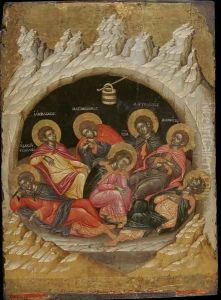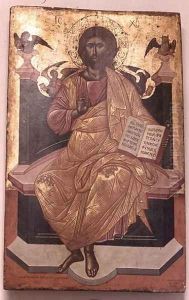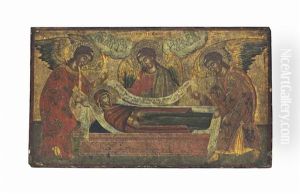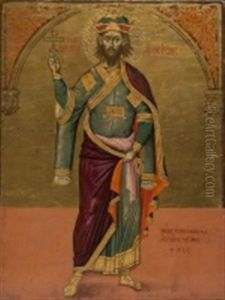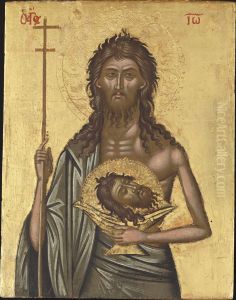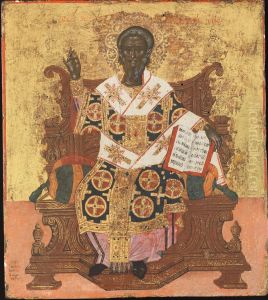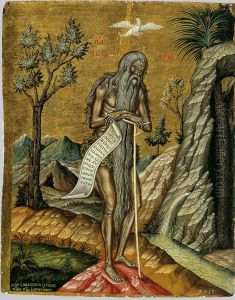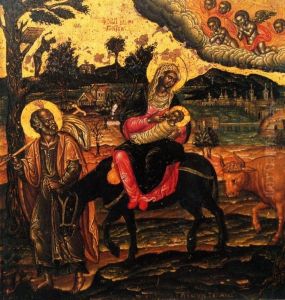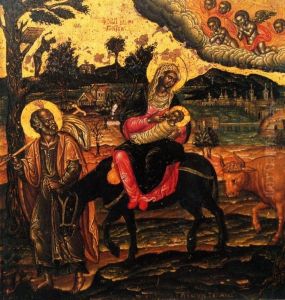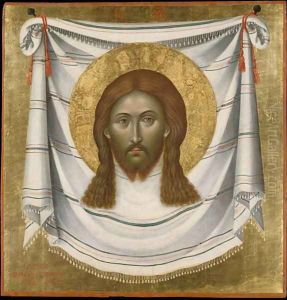Emmanuel Tzanes Paintings
Emmanuel Tzanes, also known as Manouil Tzanes or Tzanis, was a prominent Greek painter of the Cretan School during the Post-Byzantine period. He was born in 1610 in Rethymno, Crete, which at the time was a vibrant center of art and culture under Venetian rule. This period was marked by the blending of Byzantine and Western artistic traditions, resulting in a distinctive style.
Tzanes received his initial artistic training on the island of Crete, which had a longstanding tradition of icon painting. As Crete was a melting pot of different cultures, Tzanes was likely exposed to both Byzantine and Renaissance influences. After his formative years, Tzanes moved to Venice, which was a common destination for Greek artists seeking to advance their careers and broaden their artistic horizons. Venice was one of the most important art centers in Europe during the 17th century, known for its openness to new ideas and its bustling trade.
In Venice, Emmanuel Tzanes continued to develop his skills and became an accomplished painter of religious subjects, particularly in the Orthodox Christian tradition. He is best known for his icons, which are characterized by their vivid colors, detailed narrative scenes, and harmonious blending of traditional Byzantine iconography with the naturalism and chiaroscuro techniques that were popular in Venetian art of the time.
Tzanes' work was highly sought after, and he created numerous icons and frescoes for churches and private patrons. His artwork contributed to the spread of the Cretan School's influence throughout the Greek world and beyond, as many Cretan artists were active in various parts of Europe. Tzanes' legacy is preserved in his surviving works, which can be found in museums and collections in Greece, Italy, and other countries.
Tzanes lived a long life, passing away in 1690. His career spanned a period of great change in the art world, bridging the gap between the Post-Byzantine and modern Greek art. His contributions to the Cretan School have been recognized by art historians as integral to the understanding of Post-Byzantine art and its legacy.
